THE Astra range in Australia grows larger with the addition of the new Astra sedan to the local line-up. However, while the badge on the bootlid is the same as that worn by Holden’s European-sourced Astra hatch, there’s very little shared DNA between them.
WHAT IS IT?
Though it wears an Astra badge, the new Holden Astra sedan is in essence a re-badged Chevrolet Cruze that’s a generational leap over the one that used to be built here. It’s bigger inside and out than its hatchbacked counterpart, and there are significant differences in how it is priced, equipped and tuned compared with the existing Astra hatch.
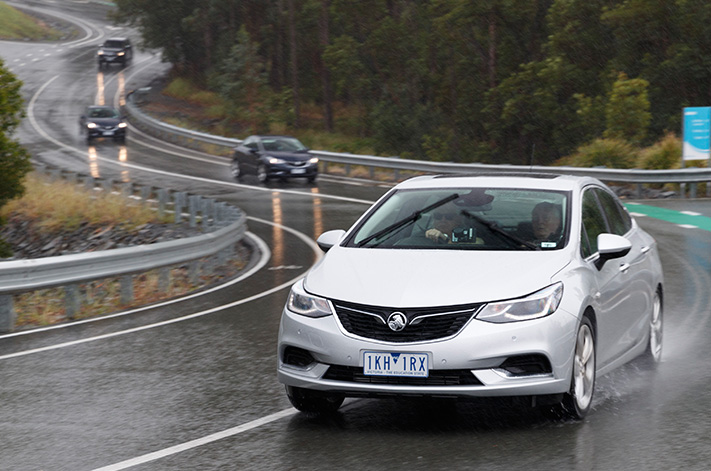
WHY WE’RE TESTING IT
As a four-door companion to the Astra hatchback that launched here late last year, the new Astra sedan replaces the formerly locally made Cruze to help flesh out Holden’s small car range.
MAIN RIVALS
Mazda 3 sedan, Honda Civic sedan, Hyundai Elantra, Toyota Corolla sedan, Mitsubishi Lancer, Volkswagen Jetta
THE WHEELS VERDICT
The badge is deceiving here, for the Astra sedan is far from being an Astra hatch with a bigger rump. Softer, bigger and tuned for comfort above all else, the four-door Astra is Holden’s limousine-lite.
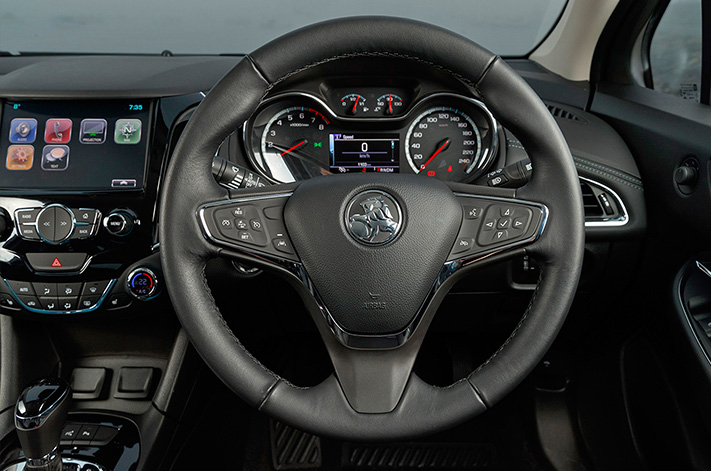
MINUS: No AEB; interior not as polished as hatch, no 1.6 turbo
THE WHEELS REVIEW
HOLDEN has added a new body style to the Astra family, with the Astra sedan rolling into local showrooms this week to help improve the Red Lion’s fortunes in the ultra-competitive small car segment.
However, what you’re looking at is an Astra in name only. Sourced from Chevrolet rather than Opel, which provides the Astra hatch, the Astra sedan is, if you scrape beneath the surface, a rebadged Chevy Cruze. A Cruze that’s been tweaked and honed for our market, sure, but a Cruze nevertheless.
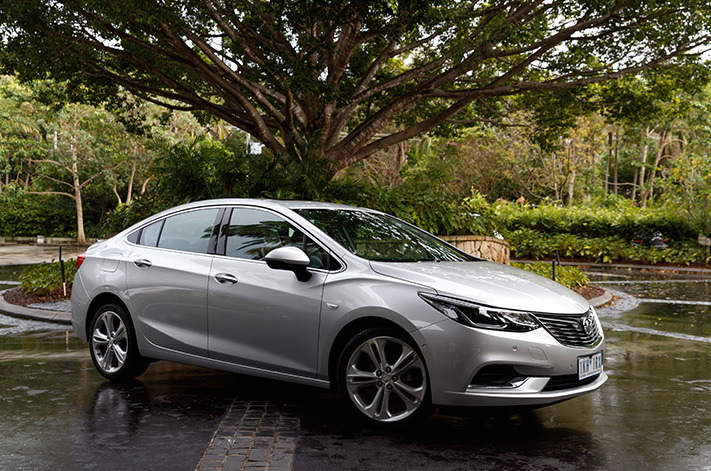
There is, however, some commonality between four- and five-door Astras. The 1.4-litre turbo four-pot that serves in the Astra R and R+ hatch powers the entire three-variant Astra sedan range, and though its 110kW and 240Nm outputs are modest in comparison to the Astra RS and RS-V’s firecracker 1.6 turbo, it’s smooth, tractable and more than merely adequate.
On the launch route through the Queensland hinterland, it easily lugged four adults up hills at just 2000rpm – the point at which peak torque rolls in – and always felt relaxed, unfussed and exceptionally quiet. It may be the tiddliest engine in the Astra family, but it’s a sweet powerplant regardless.
Paired with the slick-shifting six-speed automatic that’s optional in the base LS grade and standard in LT and LTZ, it’s especially good.
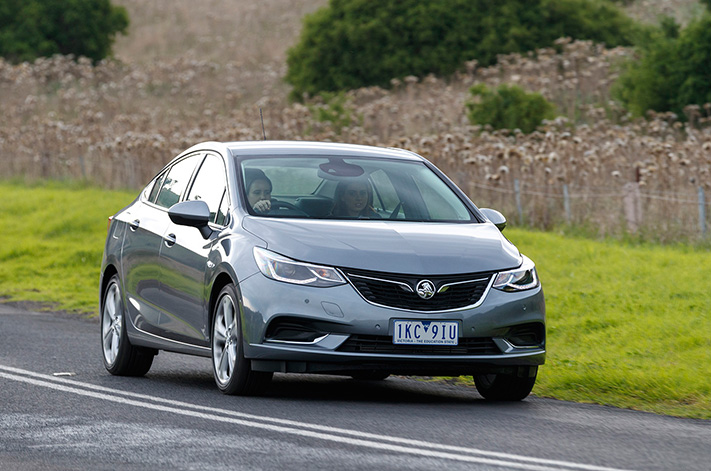
All that extra metal goes into improving rear-seat space and endowing a sizable boot capacity, and therein lies the Astra sedan’s greatest virtue – it excels at carrying people and their luggage. Fancy a bit of casual Uber driving in your spare time? This is the whip you want.
Front-seat accommodation is about on par with the hatch, but rear-seat legroom is positively limo-like in its generosity. The rear seat backrest is also tilted at a comfortable angle, giving two adults (it’s a bit squeezy for three) a relaxed and reclined posture. Folding the centre armrest down makes better use of that narrow centre seat, but it’s a shame there are no face-level vents for back-seaters.
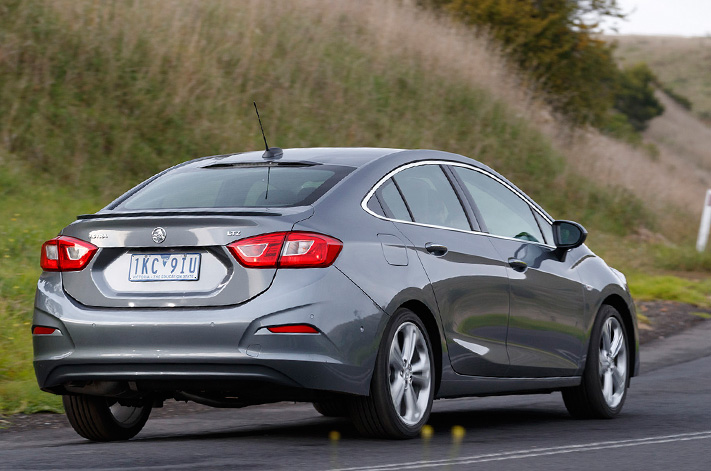
But while the Astra hatch’s interior flaunts a clean and smart European design, the sedan, designed to appeal to US and Asian tastes, is chintzy and lacks the same elegance. On the plus side, at least you can easily tell which grade you’re in by whether the dash trim wears cloth or pleather – the hatch only gives you gloss-black plastic trim no matter how much you shell out, though the hatch’s satin-finish silver highlights are classier than the sedan’s plasti-chrome embellishments.
Cabin quality was also variable, with some cars having tighter dashboard panel gaps than others. More crucially for the safety-conscious, AEB isn’t offered at all in the Astra sedan range despite being standard on the hatch from R+ grade and up.
The Astra sedan’s locally honed suspension is another key point of difference between it and the hatch, with Holden deliberately tuning its dampers to move it closer to the comfort side of the ride/handling spectrum. On craggy Queensland tarmac it does a superb job of ironing out lumps in the road and practically floats over some truly nasty surfaces, but there are a couple of caveats.
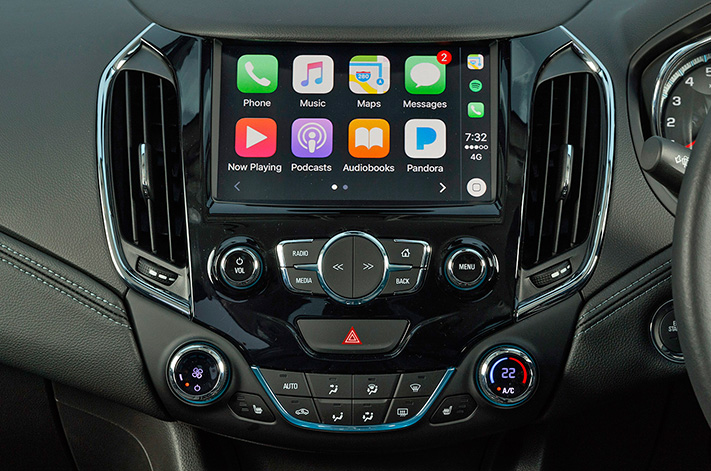
The other catch is that the sedan simply doesn’t have the dynamic crispness of the hatch. Though equipped with a torsion-beam rear axle like the Astra hatch, the sedan is missing the stability-enhancing rear Watts linkage flaunted by the hatchback. Soft spring rates may be great for dispatching pockmarked roads, but it’s clear that the sedan isn’t as confident in a corner as its five-door sibling.
The sedan’s electrically assisted steering also has a higher rack ratio than the hatchback, though it shares the same on-centre precision and progressive weighting. It requires a few more degrees of lock, but that’s in keeping with the car’s generally softer nature.
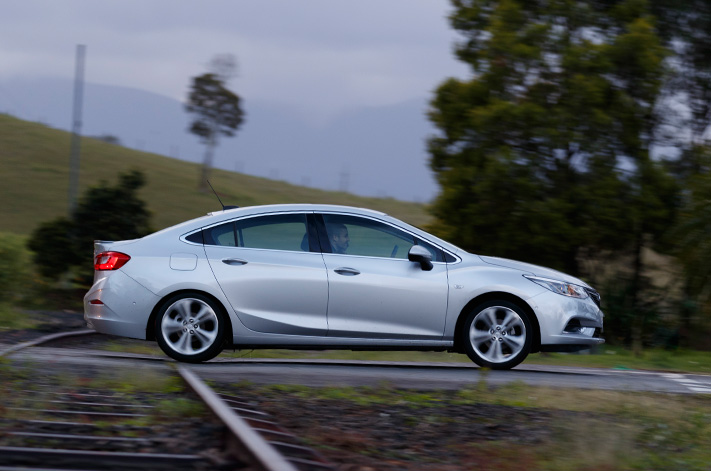
With a keen starting price of $20,490, value, space and comfort are the Astra sedan’s greatest virtues. Don’t expect the same European panache as the hatchback, and you won’t be disappointed.
SPECS
Model: Holden Astra LT sedan Engine: 1399cc 4cyl, dohc, 16v, turbo Max power: 110kW @ 6500rpm Max torque: 240Nm @2000-4000rpm Transmission: 6-speed automatic Weight: 1294kg Economy: 6.1L/100km (claimed) Price: $25,790 On sale: Now





